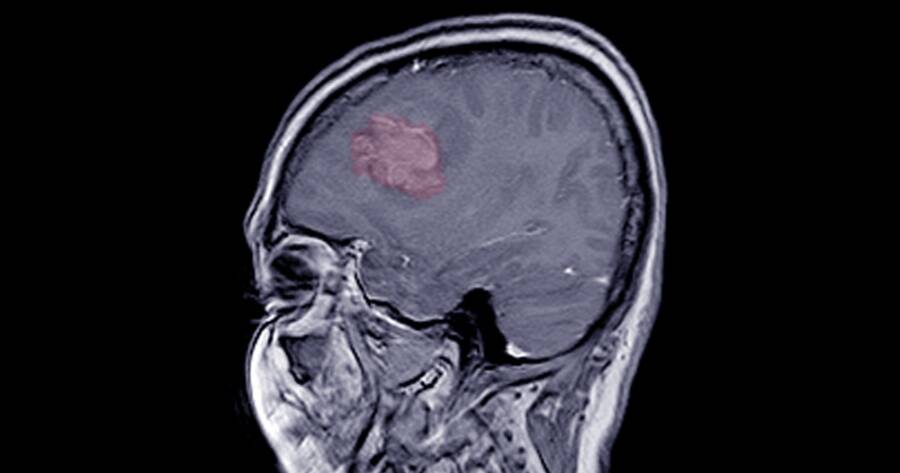Meningioma is a type of brain tumor that develops in the meninges, the protective layers around the brain and spinal cord. Most meningiomas are slow-growing and noncancerous, but they can still cause serious health issues. Symptoms vary depending on the tumor’s size and location. Understanding the causes, symptoms, and treatment options can help individuals seek medical care early and improve their quality of life.
Common Symptoms of Meningioma
Meningiomas can develop without noticeable symptoms, especially when they are small. However, as they grow, they may press on the brain or spinal cord, causing a variety of symptoms.
Some people experience persistent headaches that do not improve with usual pain relievers. Vision problems, such as double vision or partial blindness, may also occur. Depending on the tumor’s location, individuals may have difficulty with movement, balance, or coordination. Seizures are another possible symptom, as the tumor can interfere with normal brain activity. Memory loss, confusion, or personality changes can also develop in some cases.
What Causes Meningioma?
The exact cause of meningiomas is not fully understood, but certain risk factors increase the chances of developing one. Genetic mutations in cells of the meninges may lead to tumor growth. Exposure to high doses of radiation, especially to the head, is another known risk factor.
Some studies suggest that hormones play a role, as meningiomas are more common in women than in men. Additionally, individuals with neurofibromatosis type 2, a genetic disorder, have a higher risk of developing these tumors.
How Meningiomas Are Diagnosed
Doctors use different methods to diagnose meningiomas, often starting with a physical exam and a review of symptoms.
If a doctor suspects a brain tumor, imaging tests like magnetic resonance imaging (MRI) or computed tomography (CT) scans help identify the tumor’s size and location. In some cases, a biopsy may be needed to confirm whether the tumor is noncancerous or cancerous. Early diagnosis allows for better treatment planning and may prevent further complications.
Treatment Options for Meningioma
Treatment depends on factors such as the tumor’s size, location, and whether it is causing symptoms. For small, slow-growing tumors that do not cause symptoms, doctors may recommend monitoring with regular MRI scans.
If the tumor grows or starts causing problems, surgery may be necessary. Surgeons aim to remove as much of the tumor as possible while preserving brain function. In cases where complete removal is not possible, radiation therapy can help shrink the remaining tumor. Some patients may also receive targeted drug therapy, especially if surgery and radiation are not suitable.
Living with Meningioma
Many people with meningiomas live full lives, especially with proper medical care. Managing symptoms and following a doctor’s recommendations can help improve well-being.
After treatment, regular check-ups and imaging tests are important to monitor for tumor regrowth. Some individuals may need physical therapy or other rehabilitation services, especially if they experience movement or coordination difficulties. A healthy lifestyle, including a balanced diet and regular exercise, can also support overall health and recovery.
Learn More Today
Early detection and proper treatment can help individuals with meningiomas maintain a good quality of life.
If you or a loved one experiences persistent headaches, vision problems, or other unusual symptoms, consult a doctor as soon as possible. Understanding your options and working closely with medical professionals can make a significant difference in managing this condition effectively.

